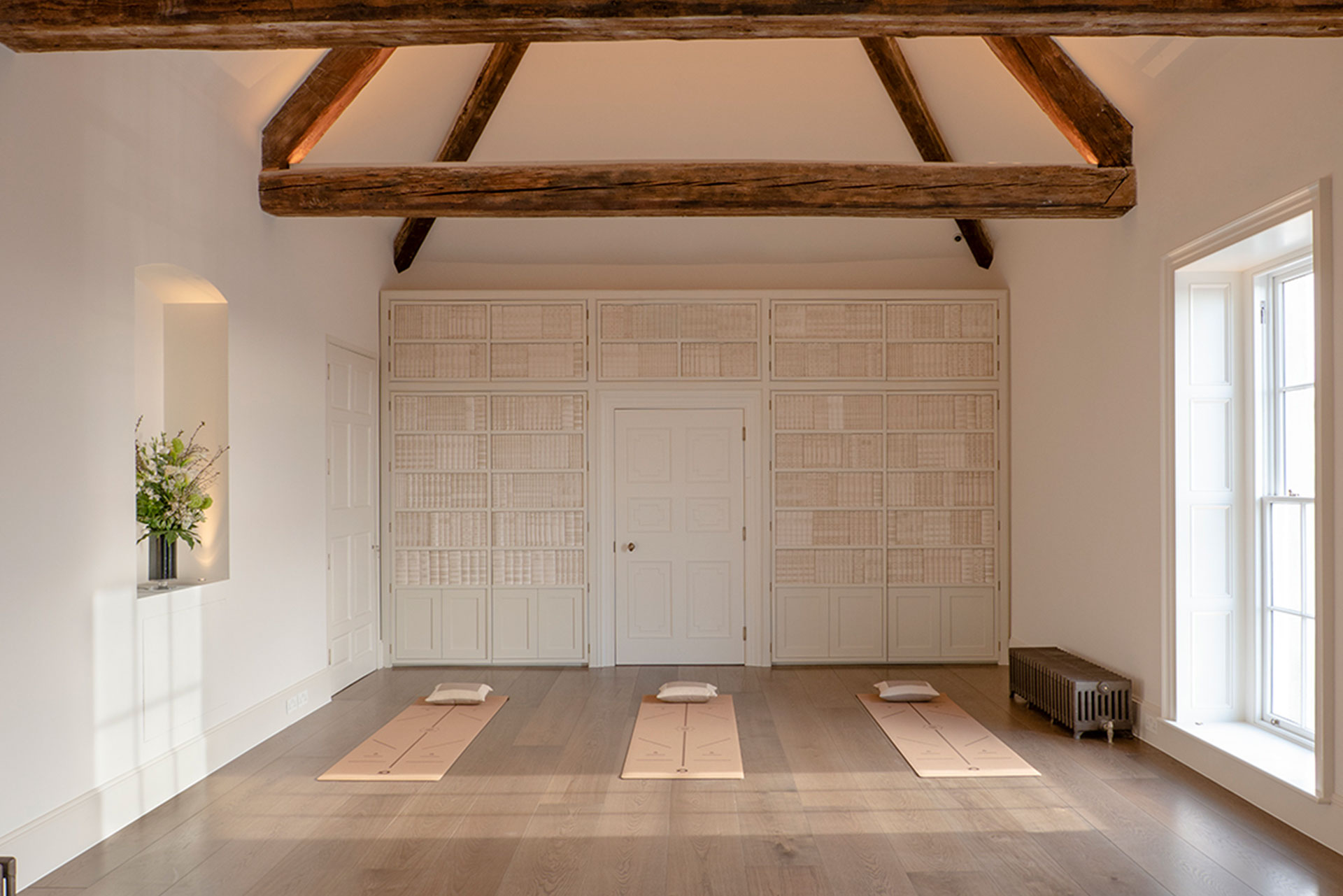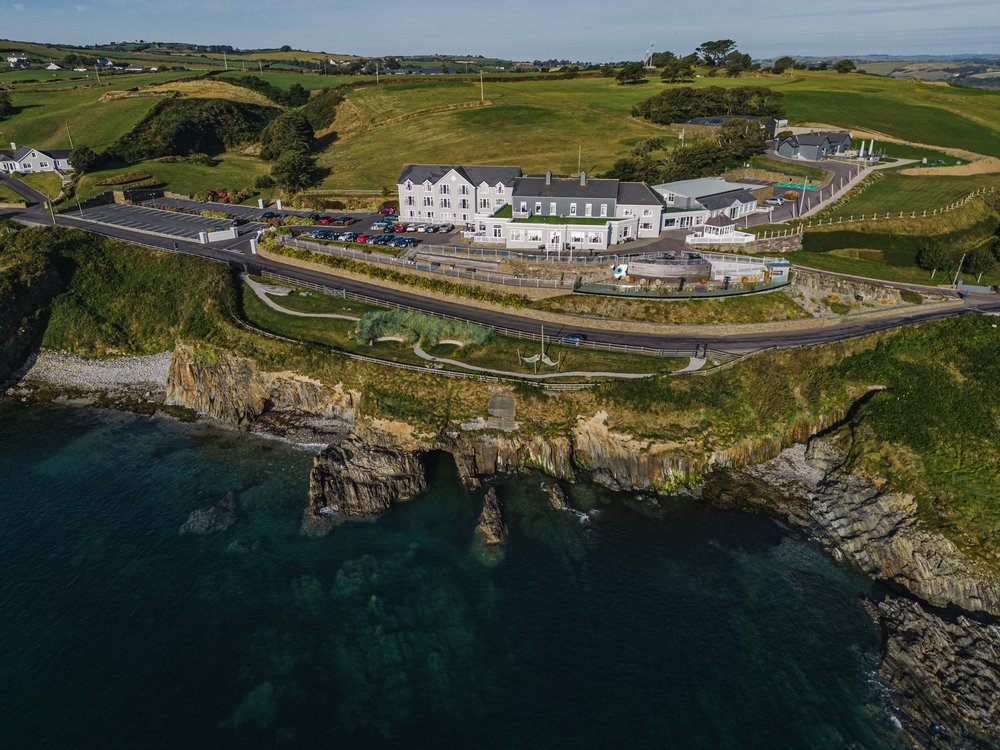Yoga positions, called asana, are the basic physical part of a yoga practice. Although yoga poses are a type of exercise for your body, they are also much more. The word yoga itself is from Sanskrit, an ancient Indian language, and refers to the union of mind and spirit. Yoga began in India more than 3,000 years ago and is still practiced today for the health of the mind, body, and spirit. A sports yoga practice is a great way to address any tight or weak areas of the body that may occur as a result of your sport or be underlying. Or, simply yoga is a great way to get energized for the day ahead.
poses are a type of exercise for your body, they are also much more. The word yoga itself is from Sanskrit, an ancient Indian language, and refers to the union of mind and spirit. Yoga began in India more than 3,000 years ago and is still practiced today for the health of the mind, body, and spirit. A sports yoga practice is a great way to address any tight or weak areas of the body that may occur as a result of your sport or be underlying. Or, simply yoga is a great way to get energized for the day ahead.
The following exercises are vetted by a sports physiotherapist should be performed after a gentle warm up focusing on the neck, wrists, shoulders, feet and ankles.
As with all yoga positions, breathing is an important part of the exercise. Spend at least 6 breaths in each pose.
Cat-Cow Pose
Cat-Cow Pose is a great mobility exercise for your back. To get into this yoga pose you need to get down on all fours. Hands are underneath the shoulders, elbows straight. Knees are directly underneath your hips. Inhale, look upwards, lower your shoulders away from your ears and stick your bottom out arching your spine. Exhale look down at your belly button and tuck your tailbone inwards rounding your spine (like a cat). Do from 10-20 of these.
(The Sanskrit name of the Cat Pose, Marjaiasana, comes from marjay meaning cat and asana meaning posture. The name of the Cow Pose, Bitilasana, comes from bitil meaning cow and asana meaning posture)
Downward Facing Dog
If you have ever seen a dog stretch, you know how Downward Facing Dog got its name. The Downward-Facing Dog is a yoga pose that stretches the calves and hamstring muscles in the legs. The pose also strengthens the shoulder and upper back muscles. Begin on your hands and knees, with your knees directly below your hips and your hands slightly forward of your shoulders. Lift your hips up and back, lifting your knees away from the floor while keeping your arms straight, and lift your tailbone up. Keep your knees bent and aim to get a straight line between your wrists – shoulders – back – hips.
(The Sanskrit name, Adho Mukha Svanasana, comes from the words adho meaning downward, mukha meaning face and asana meaning posture.)
Warrior Two
Warrior Two is similar to Warrior One, but the arms are held out to the side with the head looking forward, and the back foot is turned in slightly, the front knee is directly over the ankle and your spine is straight and tall. Pull your pubic bone up to your belly button to engage your core strengthening and protecting your Lower Back.
(Interestingly:
Termed Virabhadrasana in Sanskrit, commonly known as the Warrior II Pose in English, this pose focuses on building leg strength and stamina. The second of three Warrior Poses, this pose provides a way to stretch the hips, groin, and legs as well as chest and shoulders.
The Warrior II Pose is rooted in Hindu mythology. Virabhadra was a fierce warrior, the term asana means pose. The myth states a powerful priest hosted a great sacrifice but did not invite his youngest daughter, Sati, and her husband, Shiva, the supreme ruler of the universe. Sati found out, visited the sacrifice and began arguing with her father. Distraught from the argument, Sati walked into the fire and killed herself. When her husband heard of her death, he became enraged and created Virabhadra, a ferocious warrior who avenged the death of Sati. The three Warrior Poses spring from this myth:
Virabhadrasana I – warrior arrives with swords in hands, breaking through the earth from below.
Virabhadrasana II – warrior sees enemy and focuses attention, preparing for battle.
Virabhadrasana III – warrior moves swiftly and attacks the enemy.)
Tree Pose
This is a standing yoga pose that helps to cultivate balance and strengthen your legs. It will also prepare you for the next pose. To get into Tree Pose, stand straight and then shift your weight to the right foot, bringing the sole of your left foot up to your right inner calf or groin. The hands are held together in a prayer position over the chest, or you can raise them upwards like the branches of a tree.
(The Tree Pose, known as Vrksasana in Sanskrit, is a basic yoga pose used to promote balance and centering. The Sanskrit name comes from the words vrksa meaning tree, and asana meaning pose.)
Warrior III
Start standing with your legs hip-width apart and arms on blocks in front of you. Step your left foot back about two feet and keep your weight on your right leg. Exhale and bending at your hips, lift your left leg up and out as you lower your torso a little toward the floor. Find a spot on the floor and focus on it to help maintain your balance.
If you would like a further challenge try to straighten your legs and arms so your body looks like the letter “T” from the side. Hold and maintain this position for as long as you can, optimally for 30 seconds to one minute.
To release, exhale and slightly bend your left knee as you bring your right leg down to the floor. Drop your arms to your side as you stand up. Repeat with the right side.
Finish up with Childs Pose. (The Sanskrit name of Child’s Pose, Balasana, comes from bala meaning child and asana meaning posture).
Orla Crosse is a Chartered Physiotherapist and Qualified Yoga Instructor. She is the founder of and lead instructor at Performance Yoga Ireland. Performance Yoga Ireland is the first of its kind in Ireland, merging scientific evidence based practice with traditional yoga. Any questions, get in touch via orla@performanceorla.ie









